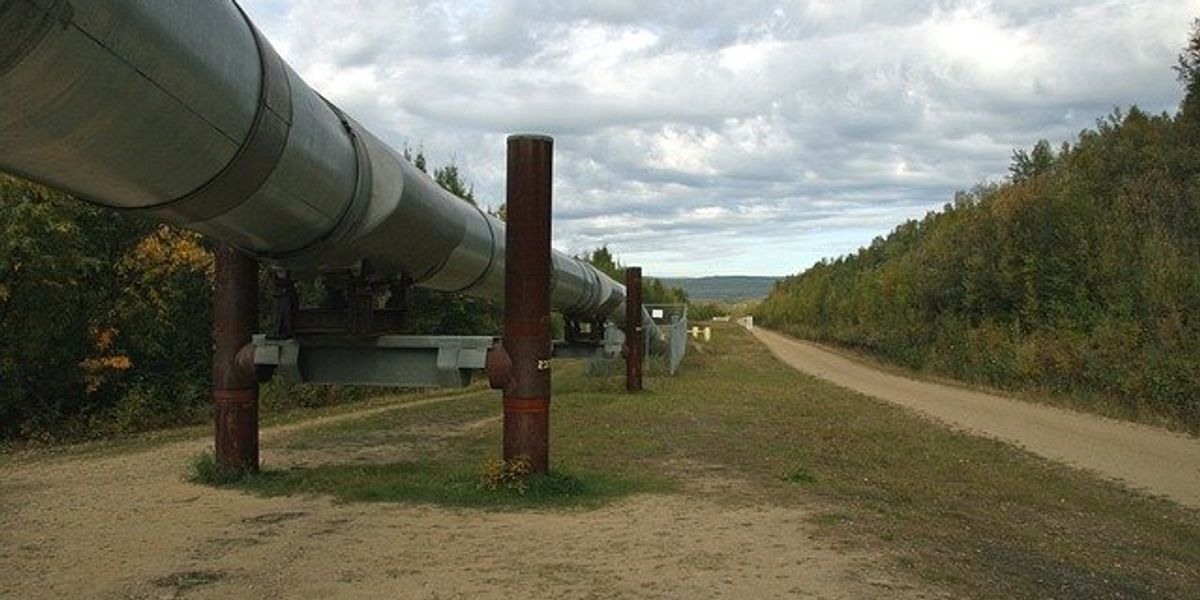
Feds delay decision in Dakota Access enviro review
E&E News writer Shelby Webb reports that the Dakota Access oil pipeline’s future remains uncertain after the Army Corps of Engineers released a long-awaited draft environmental study that will help determine whether it receives an easement needed to keep operating.
In a nutshell:
The study, which will influence whether the pipeline can continue operating, did not provide a recommendation on granting an easement for a section under Lake Oahe, near the Standing Rock Sioux Tribe's reservation. The final study, with a public comment period, will determine this decision. Legal disputes and environmental concerns surround the pipeline, with calls from environmental groups for its shutdown and Republican lawmakers emphasizing its importance for energy security and economic growth.
Key quote:
“We stand in solidarity with the Standing Rock Sioux Tribe in opposing this dirty and dangerous pipeline that harms the climate and threatens the primary water source for the Tribe,” Amy Mall, a senior advocate with the Natural Resources Defense Council, said in a statement. “The Army Corps must consider all of the risks of this pipeline, make all significant environmental information available without redactions, and honor the Tribe’s treaty rights.”
The big picture:
The Dakota Access pipeline poses a risk of oil spills, particularly under Lake Oahe, which could contaminate the primary water source for the Standing Rock Sioux Tribe. There are broader environmental concerns, including the release of greenhouse gases from burning the transported oil, though quantifying this impact is challenging. These issues have led to legal disputes and calls for more rigorous environmental assessments to determine the pipeline's long-term effects on both public health and the environment.
Read the article at E&E News.
For additional context, read Peter Dykstra's commentary about how Native tribes, hell-raisers and lawyers have combined to battle pipeline projects.














